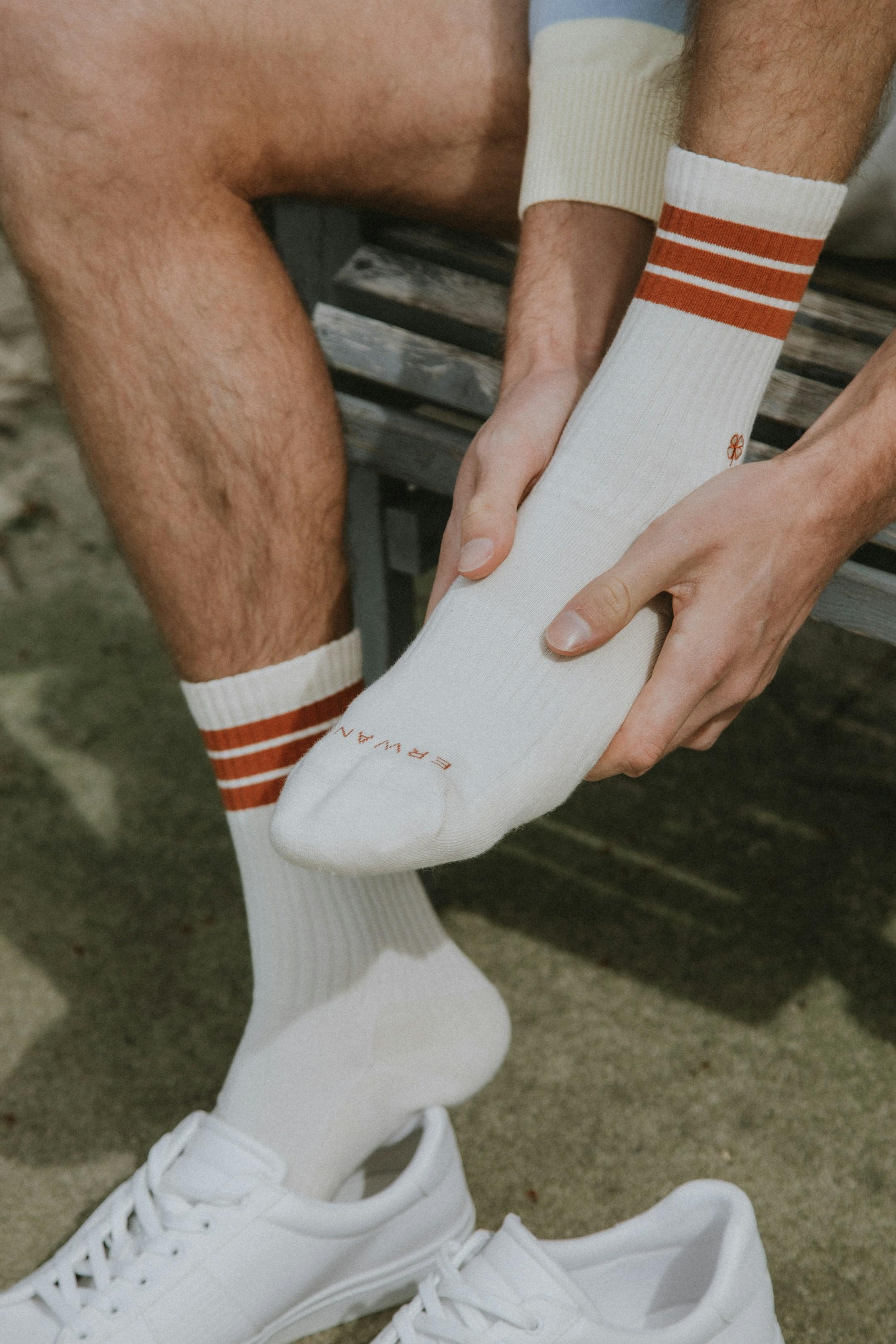
If you play sports, injuries are bound to happen, including ankle injuries. But what do you do if you have an injury or experience sudden ankle pain?
If you have certain symptoms or pain, you should not play through it. Extreme pain, swelling, trouble walking, and other symptoms can signal you need immediate medical attention. Waiting too long to see a doctor can lead to repeat injuries, more complex treatments, or worse long-term results.
In this article, we’ll discuss when you should see a doctor for chronic ankle pain.
Acute or severe ankle pain can occur when structures inside the ankle are injured. The most common ankle injuries happen to athletes. These include:
Not all chronic ankle pain is caused by trauma or injury. Conditions that can cause chronic ankle pain include the following:
As mentioned above, waiting to get treatment for your ankle injury can cause problems down the road, from repeat injuries to arthritis. You should seek immediate medical attention if you have any of the following:
If you aren’t experiencing any of the above and do not need immediate medical attention, you should consider scheduling an office visit if the following apply:
If you’re trying to assess whether you need immediate medical attention, here are a few ways to take care of your ankle at home:
Dr. Parekh is a board-certified, fellowship-trained orthopedic foot and ankle surgeon. He’s become renowned for using state-of-the-art implants and techniques designed and developed to provide better treatments and offer limb salvage. He mainly focuses on minimally invasive surgery and is a pioneer in using 3D printing techniques, total ankle replacements, and treating foot and ankle conditions in athletes.
Dr. Parekh has three offices — Bensalem, PA, Monmouth Junction, NJ, and Newton, PA. Reach out to our office by calling 800-321-9999 or sending an email with your questions or comments.